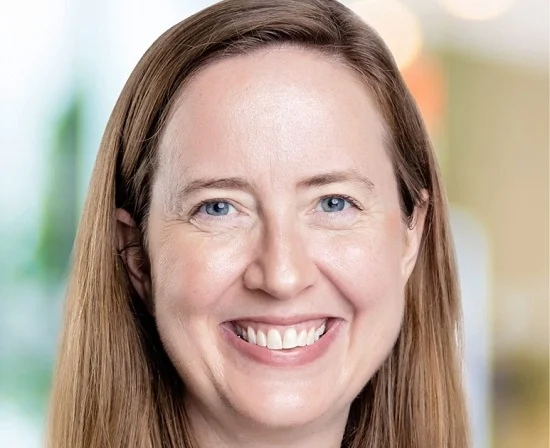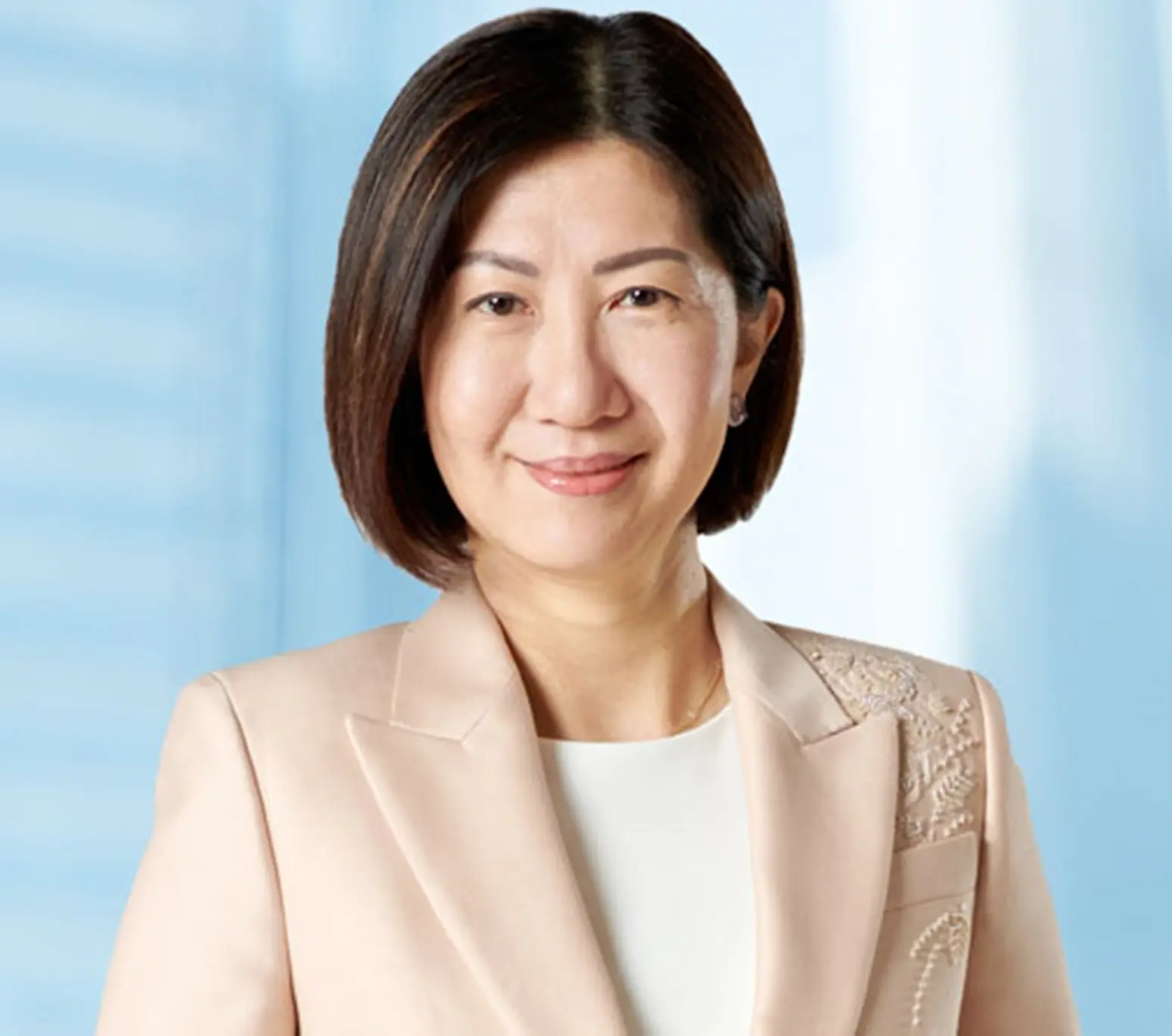US Beneficial Owners Roundtable 2022: looking to the future
5th July, 2022 | Global Investor

In the final part of the US roundtable, market participants take stock of developments and share some final thoughts for the road ahead
Fox: I think for the agents that are here, what we think about constantly is what are the tools that we need that create an outperformance versus our peers, not only in revenue, but also, again, client experience.
Squillacioti: John said it early on: while we’re looking to drive growth, not all securities are created equally. Looking to drive growth in a very efficient way, both with respect to capital that’s being used to support the activity and how we run the programme. There’s a lot going on geopolitically and with the Fed.
Those will certainly be a backdrop for everything that we do over the course of the year. There will be continued focus on things like ESG, and how that rolls out across the global client base that we have here, especially in the US. We are also looking at things like peer-to-peer as another tool in various aspects of our programme, and how we can use that to drive some growth for client revenue.
Goobie: Peer-to-peer trading will continue to grow and evolve, especially with the establishment of the Global Peer Financing Association (GPFA) in 2020. GPFA’s rapid membership growth has exceeded expectations and fills a gap in the beneficial owner community that currently exists. In terms of technology, there will be an increased focus and investment in technology to meet regulatory demands and capture operational efficiencies.
I also believe we will see agents increasing their agency businesses as opposed to the principal model, due to an increase in capital costs. And finally, there could potentially be development in the marketplace in coming years where we re-think our approach to indemnification. The technology could exist at some point, where peers trade and receive indemnification at a trade level. This could provide capital relief to financial institutions, as indemnification carries substantial capital costs.
Aldridge: We’re very optimistic for securities lending on a go forward basis, despite the regulations and the challenges in the market. I think we’ve all proven over the last 10 to 15 years that the market is very resilient. It’s continued to improve and evolve. That’s being driven by technology, which is a heavy focus for us here at Fidelity. We continue to focus on the pain points of investment managers, and continue to work on the proxy management tools.
We’re certainly focused on benchmarking and transparency, and providing unique tools so they can decide how they should be lending in the programme and evaluating their providers as they are today. Another area that we’re focused on which we think will garner more interest on a go forward basis, given the compression and management fees, is qualified dividend income [QDI] management. This became a huge pain point last year, when a lot of significant events in the securities lending market impacted QDI. Folks were limited on their opportunities, because they weren’t being managed appropriately. We’re spending a lot of time focusing on that.
Management fees are coming down so the QD limits and expenses are lower. It’s getting more difficult and challenging when you have that type of sensitivity.
Dunn: John mentioned it earlier, if clients want to remain relevant and competitive in this environment, they need to allow for greater flexibility. There are a limited number of levers at our disposal, the more levers approved, the better positioned lenders are to obtain the next revenue opportunity. The further you move away from the standard, the less attractive lenders become to the borrowing community. I consistently engage my clients on programme changes such as: cash flexibility: do they approve both cash and non-cash? As it relates to non-cash, are they exploring all available collateral types? Are they willing to consider more expansive reinvestment guidelines? Are they optimizing returns in a rising rate interest environment? Are there new borrowers or markets that need to be considered? What is the view on proxy voting? Have we explored all options available? These are important discussions because slight tweaks in this market could translate into meaningful returns.
May: So far in 2022, it’s been reiterated that this is a global market. That’s not just geographic, it’s also across different sectors. What is happening in the commodity sector recently has impacted the financing sector, and what happens in the private markets is something that has an influence on the liquidity markets. This has been reiterated to us. As a result, the primary risk that we concern ourselves with is the liquidity risk. From the great financial crisis in 2007/8 to March of 2020 to today, it just periodically gets reinforced that liquidity risk is a significant risk for our plans. This involves whether we want to lend Treasuries, how much we want to lend of our Treasuries, and the impact upon cash reinvestment.
And this ties into what Monica and Rob have mentioned, with peer-to-peer securities lending, where we’re able to do some lending that’s going to be stable with some entities that are not regulated like banks or traditional borrowers have been. All of those things factor into what we foresee for 2022 and playing out for the rest of this year.
Damas-Shaw: We continue to make significant investments to enhance the depth and the quality of our data, the analytics and the infrastructure, in order to improve the product performance and the overall client experience. However, we do not see ourselves, as a provider of data and analytics only, we have seen our business go through an evolution towards a more solutions-based approach, where we look to provide more innovative and relevant solutions to all the client segments.
For beneficial owners, we continue to create solutions to assist with the oversight management of their lending programmes. We recently released a compliance check tool to provide exception-based monitoring of a client’s lending parameters in their lending programs. We are also working an onboarding tool to assist with the ALD process which can be used by both lenders and the borrowers. We continue to upgrade our intraday capabilities for the trading desks. As previously said, we are always looking for ways to assist and provide solutions for all the different segments in the securities finance space.
Saunders: If there’s one key trend that I’ve picked up on, it’s this idea of transparency. With all the changes in the market, whether regulatory, or the increase in the use of technology, or ESG, clients are looking for information. The more transparent and open we can be will only assist the greater industry. The final word for me is to remain nimble, as an industry, as an agent, as a beneficial owner, and open to any changes, whether they be guidelines or new policies, regulations, etc.


